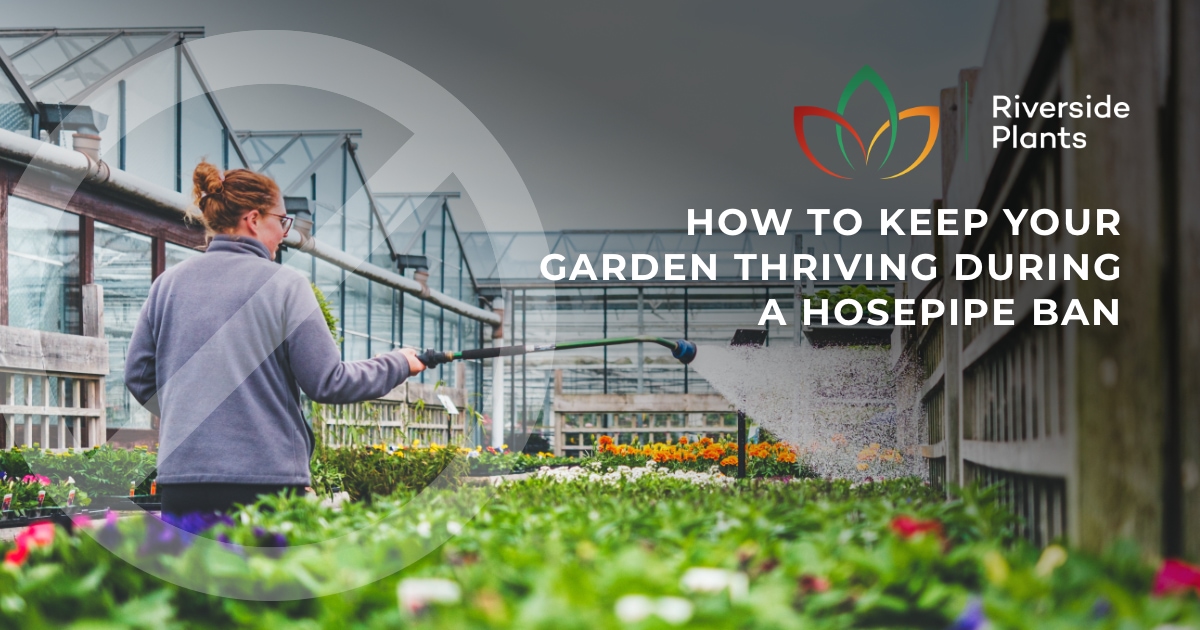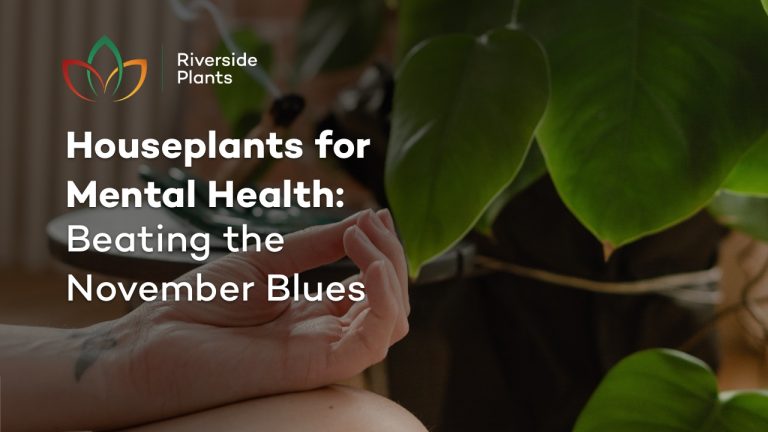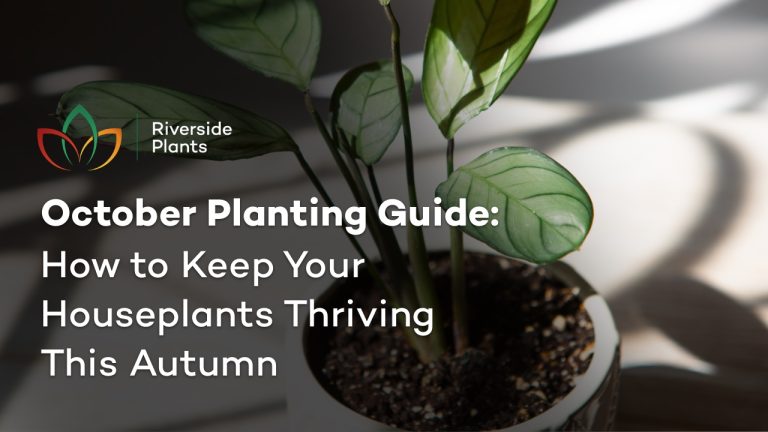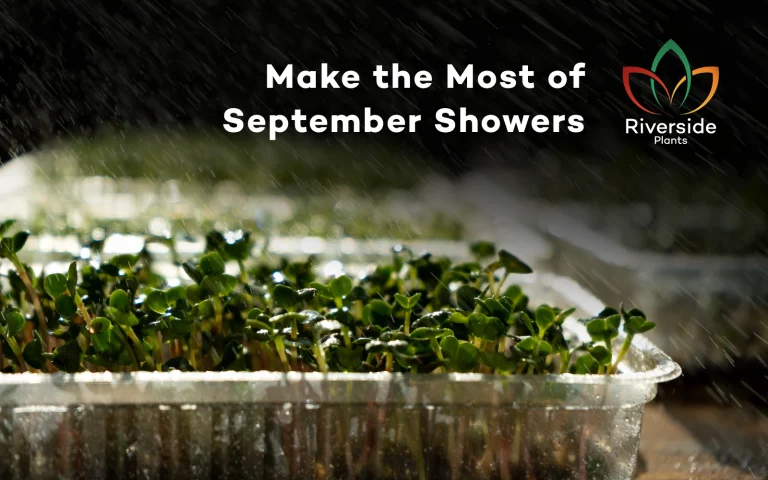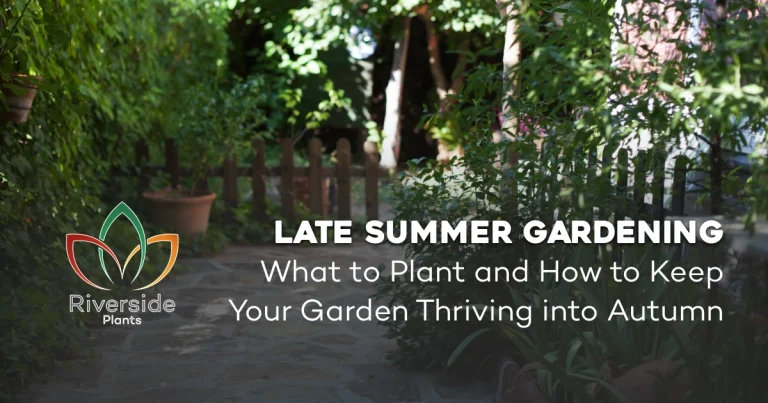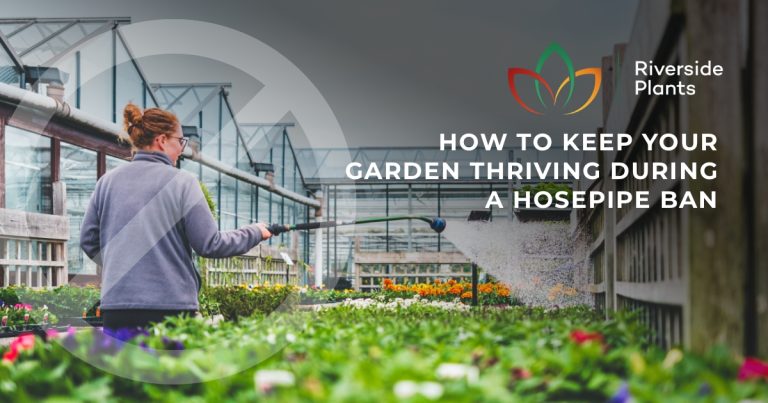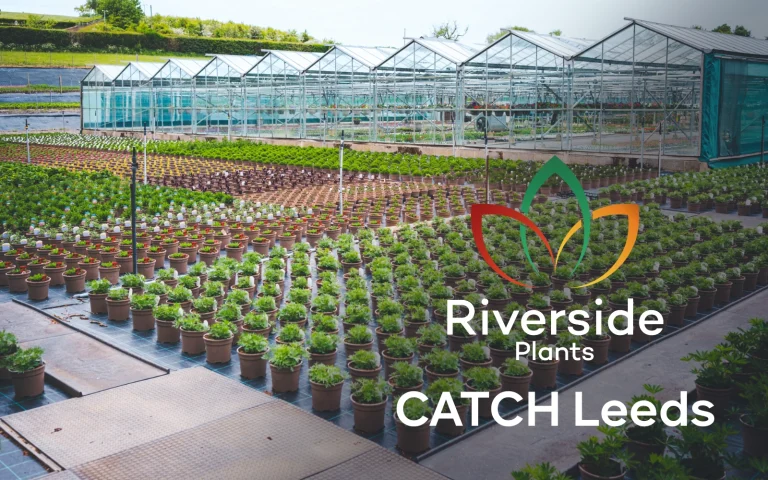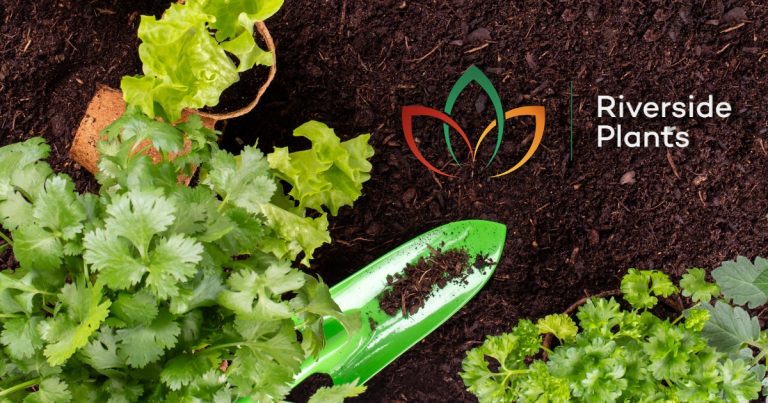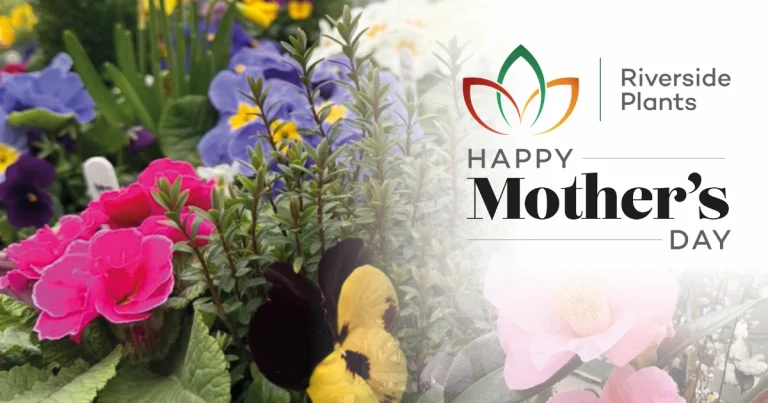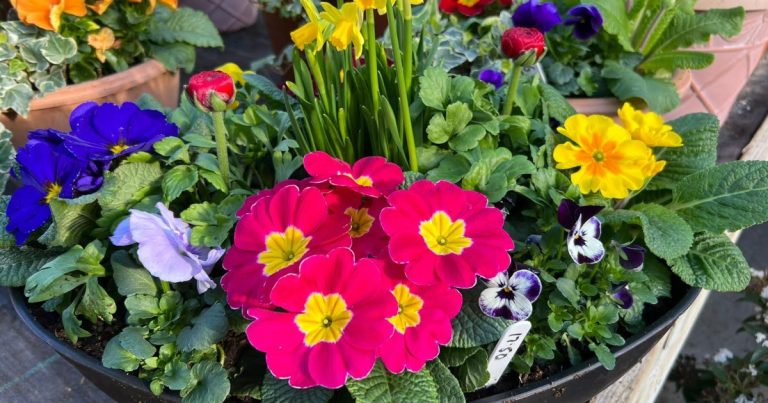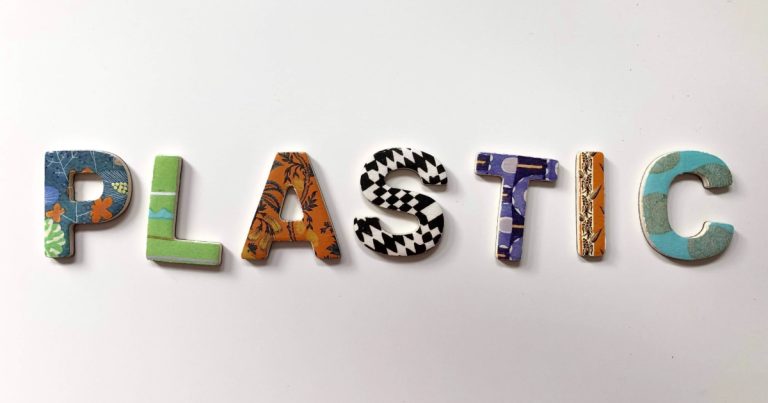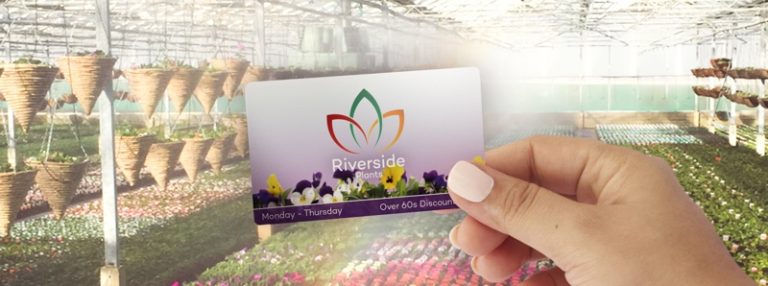With the hosepipe ban in place, we know many of our customers at Riverside Plants are concerned about keeping their gardens healthy during the hot, dry spells of summer. While these restrictions can be frustrating, they’re a necessary step to preserve water supplies during drought conditions. The good news is that with a few mindful practices, you can still keep your plants thriving — all while staying within the rules.
Here’s our complete guide to watering your plants during a hosepipe ban, with practical tips to help you adapt and conserve water effectively.
What Is a Hosepipe Ban?
A hosepipe ban, or Temporary Use Ban (TUB), restricts the use of hosepipes and sprinklers connected to the mains water supply. This means you can’t water your garden with a hosepipe or automatic irrigation system, wash your car, or fill pools and ponds with a hose. However, watering with a watering can, bucket, or drip irrigation fed from a water butt is usually allowed — though always check your local water provider’s specific rules.
Watering Tips to Keep Your Plants Happy
1. Water in the Early Morning or Late Evening
Watering during the cooler parts of the day reduces evaporation, ensuring more water reaches the roots. Early morning is ideal, as plants have the day ahead to absorb moisture and prepare for the heat. Evening watering is also effective, but take care to avoid water sitting on leaves overnight, as this can encourage fungal diseases.
2. Prioritise Your Plants
Not all plants require the same attention. Focus your watering efforts on newly planted specimens, pots, hanging baskets, and anything showing signs of stress. Established shrubs, trees, and perennials typically cope better with dry spells due to deeper root systems.
3. Mulch, Mulch, Mulch
Adding a generous layer of mulch — like bark chips, compost, or even grass clippings — around the base of plants helps retain soil moisture and suppress weeds that compete for water. A 5-10cm layer can make a noticeable difference to water retention.
4. Use Grey Water
Grey water — used water from baths, showers, washing up, or the washing machine (provided you use mild detergents) — can safely water most ornamental plants. Avoid using it on edible crops unless it’s been filtered and doesn’t contain harsh chemicals. Reusing water like this is an excellent way to reduce waste while keeping your garden hydrated.
5. Install Water Butts
Rainwater harvesting is invaluable, even in dry periods. Installing a water butt to collect rain from your roof can provide a steady supply of water for your garden. This is especially useful as rainwater is often softer and better for plants than treated tap water.
6. Water Deeply and Less Often
When you water, do it thoroughly to encourage deep root growth. Light, frequent watering encourages roots to stay near the surface, making plants more vulnerable to drought. A good soak once or twice a week is usually better than a daily sprinkle.
7. Group Plants with Similar Needs
If possible, reorganise containers or beds to group plants with similar water requirements together. This way, you can target your watering more efficiently and avoid overwatering plants that don’t need as much.
8. Consider Drought-Resistant Plants
Long-term, it may be worth incorporating more drought-tolerant plants into your garden. Mediterranean herbs like rosemary, lavender, and thyme, or succulents and grasses, are not only attractive but also adapted to thrive with minimal water.
Be Water Wise, Stay Green
We’re all being asked to do our part during these bans, but with some thoughtful approaches, your garden doesn’t have to suffer. At Riverside Plants, we’re happy to offer advice on plant selection, mulching materials, and water-saving techniques. Pop in and chat with us — we’re here to help your garden stay green and beautiful, whatever the weather!

